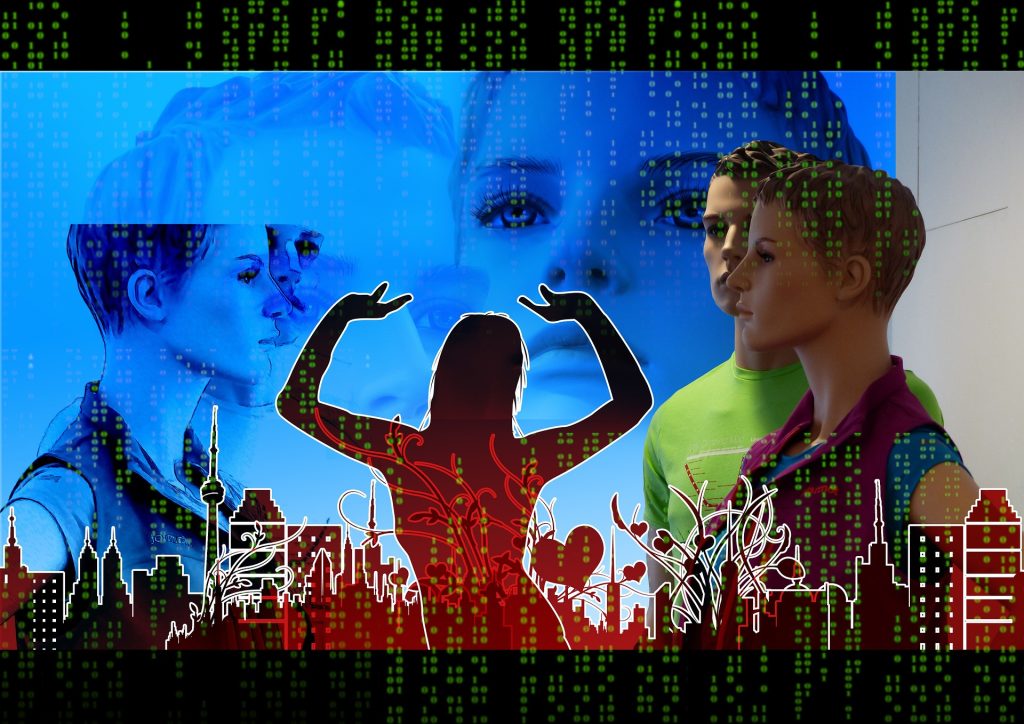Spoiler: we can’t do everything.
There really is a lot of pressure on learning designers. It seems to be the case that the learning team is considered to have magical powers. That they can snap their fingers and create something that has life – and business – changing results.
I’ve seen job ads that expect learning designers to do everything from learning needs analysis to evaluation and everything in between. Here are a few skills I’ve seen in demand:
- Analyse needs of learners. Map to business needs. Create a curriculum that somehow satisfies both (whilst probably not fully achieving either).
- Manage clients. Manage subject matter experts (SMEs). Manage any other stakeholders you can name.
- Research topics you have little or no experience in.
- Curate resources. And keep them up to date at all times.
- Write, shoot and produce videos. Create animations. Design visuals and infographics.
- Use authoring tools. Use HTML. Use any other elearning tool you can name.
- Use Learning Management Systems. And learning analytics. Well. Be aware of data privacy though.
- Collect and iterate on feedback. Measure the impact of your ROI.
- Employ user experience (UX) principles/techniques.
- Run communications and marketing campaigns
- Facilitate workshops. Lead training. In-person and, of course, via Zoom/Teams.
I’m sure there are many more. That’s why it’s so important to work as a team, as it’s very unlikely that one person will have all of these skills, or indeed the time to use all of these skills. In my experience though, that message doesn’t always get through to management, and often learning designers are seen as a one-man band.
So far this post has been a little sarcastic (you don’t say). Putting a more serious hat on, I challenged myself to think of the most important skills a learning designer needs, and I came up with this list.
- Empathy – with learners and other stakeholders.
- Structuring learning
- Storytelling
- Reflection and iteration.
You might notice that these are more transferable skills – less about the tools themselves, more about the processes and concepts behind learning design.
First of all empathy. Being able to understand your learners’ needs, what they need (or indeed want) to learn, what the people paying for the learning get out of it. Also, keeping accessibility in mind from the beginning. I often use personas and definitely learning outcomes when considering this. Sidenote – when I first drafted this blog a couple of years ago, I put structuring learning as the most important. I think it’s a testament to how far I’ve come that I now consider learners’ needs to be first and foremost.
Onto structuring learning: I often describe a learning designer’s job as breaking down information so others can understand and apply it. Alignment is obviously key. Other pedagogies are also relevant, but overall I think it’s more important to have an intuitive understanding of how people learn. Creating good stuff is more important than being able to list theories. But maybe that’s the pragmatist in me.
Storytelling is another key element of learning design. There has to be a logical flow, which is aided by good storytelling. Storytelling engages your audience. It captures their attention and sometimes their hearts and minds. On more than one Train the Trainer course I’ve run, I’ve seen participants so focused on outcomes and content that they forget to slow down and guide their participants on a journey. They forget to tell the story. To the extent that I’ve adapted the course to include storytelling as an element (and in the future may even consider if it is important enough to feature in the assessment criteria). As an aside this Ted Talk is my favourite ever resource on storytelling.)
And finally, reflection and iteration. You need to look back at what you’ve done. Celebrate what went well, learn from what didn’t work, and always strive to improve.
So do you agree? Disagree? Did I miss any really important ones? Let me know in the comments, or tweet me @emvacher.


